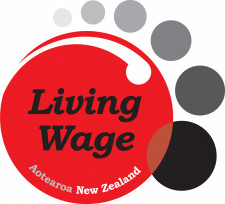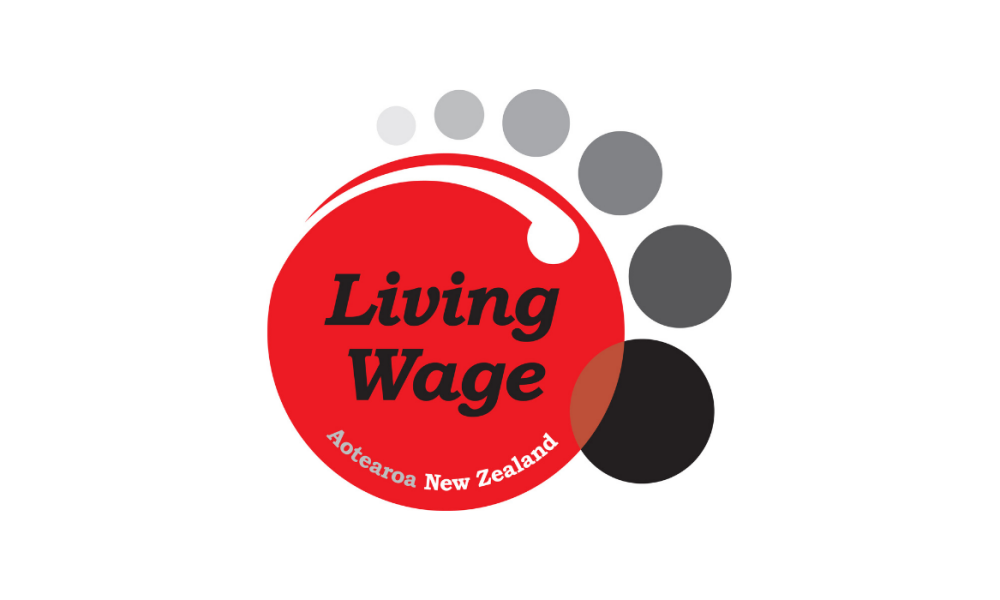 A living wage is the income necessary to provide workers and their families with the basic necessities of life. A living wage will enable workers to live with dignity and to participate as active citizens in society.
A living wage is the income necessary to provide workers and their families with the basic necessities of life. A living wage will enable workers to live with dignity and to participate as active citizens in society.
We call upon the Government, employers and society as a whole to strive for a living wage for all households as a necessary and important step in the reduction of poverty in New Zealand.
The Living Wage rate is voluntary and currently calculated at $26.00 per hour, $3.30 more than the minimum wage set by government.
The first Living Wage Campaign was launched in Auckland and Wellington in 2012. This was followed by other local networks around the country. The PSA has long supported the Living wage movement and fully endorse the mandate.







